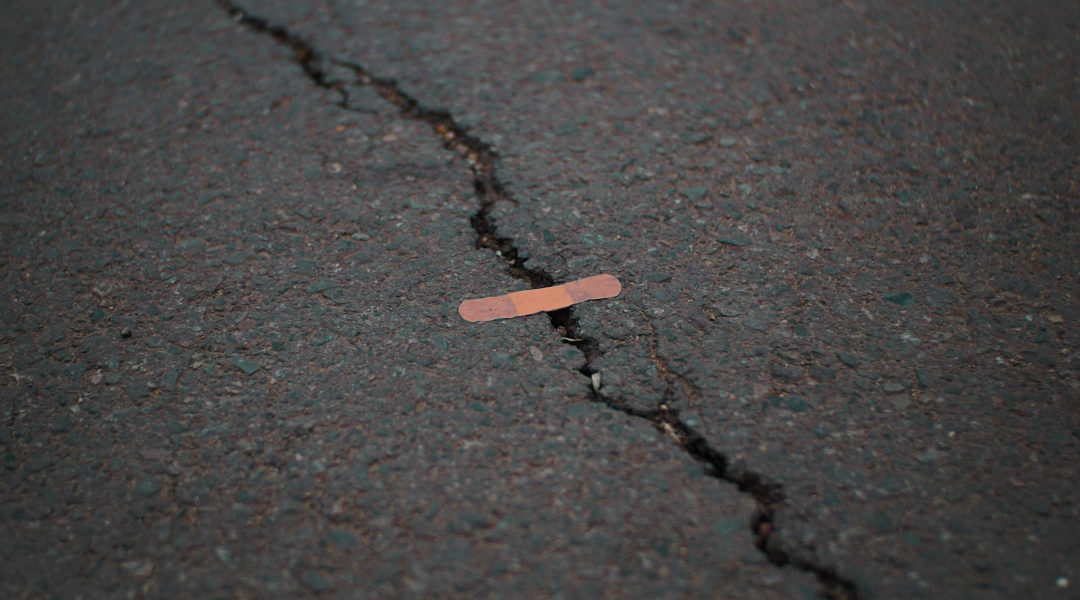Do you have scars on your body? Many people do, and they’re often from some form of surgery or even being a little too adventurous during childhood.
Some people wear their scars as a badge of honor. Others have scars small enough that they forget they exist. For some, though, the scars are larger and more embarrassing.
Unfortunately, getting rid of them can be a bit difficult. Why is that? And why do scars form in the first place? This quick guide will answer these questions and more.
Why Do Scars Form?
To understand this, you must first understand the basics of your skin. This organ is made up of several layers, including the epidermis, the dermis, and the hypodermis.
Additionally, the skin has hair follicles and the sebaceous gland, which produces oil. Together, these components cover your body, protecting it from germs and regulating your body temperature.
The skin is constantly reforming on a cycle that leads to your entire body of skin being new about every 30 days. This cycle ensures that all components of the skin are intact. The fibers develop in a sort of latticed pattern that allows the skin to be elastic so that you can move.
When an injury occurs, however, the natural skin process is sped up. Your body reacts to an open wound by rushing to close it so that no infection forms. The outer layer covers the wound in a parallel pattern, which significantly reduces elasticity.
And the additional components of the skin, including the hair follicles, do not form as they should. Instead, you’re left with a stiff, weak section of skin that stands out among the surrounding skin.
Is There Any Hope for Skin Regeneration?
Up until now, a scar has basically been a permanent thing. Once they developed, you were pretty much stuck with them. However, some recent studies have been looking at ways of promoting skin regeneration by using the skin’s natural abilities.
For example, a connection has been noticed between the presence of hair follicles and skin regeneration. Scientists are currently looking into ways of ensuring such components are present to help activate natural and more comprehensive wound healing. Though the research is still being done, there might soon be an effective way of healing wounds without leaving a mark behind.


Recent Comments